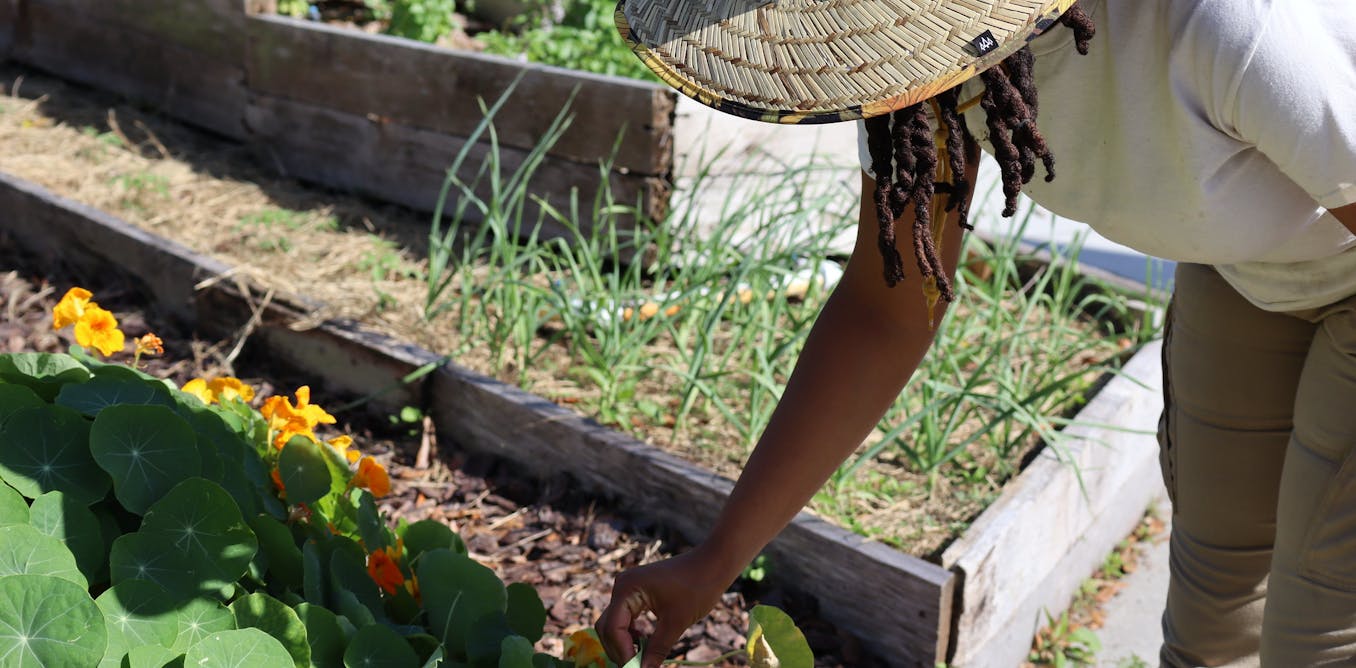Top Guidelines Of City Blooming
A Biased View of City Blooming
Table of Contents4 Easy Facts About City Blooming ExplainedThe Ultimate Guide To City BloomingThe Best Strategy To Use For City BloomingCity Blooming Fundamentals ExplainedCity Blooming Fundamentals Explained

As you stroll the streets of the Bronx, Southside Chicago or East Oakland, you might see have actually also seen large stories of ripening fruits and veggies being collected. What precisely are city ranches and neighborhood yards? Urban farming, metropolitan farming, or urban gardening is the method of growing, handling and distributing food in or around city locations.
Generally, urban farming as a practice is a bigger financial investment than gardening. There are plenty of a lot more hours spent right into the trivial matters of farming, from the crop strategy to the having a tendency of your beds. This time around dedication handles an entire brand-new definition once you recognize the objective that is being functioned towards and committed, particularly that of acquiring an abundant return of plants to be consumed.
A neighborhood yard is a solitary item of land gardened collectively by a team of people. Area gardens make use of either specific or common plots on private or public land while creating fruit, veggies, and/or plants expanded for their appealing look. The basic design here is that a big team of individuals each contribute a fairly percentage of time to working their very own plot, and receive the fruits of their labor because of this.
Getting My City Blooming To Work

There are neighborhood gardens, many of whom Little Axe Peppers has actually partnered with, that offer aid to evacuees, low-income family members, kids teams, and area organizations by helping them create and grow their very own yards. The differences between community yard and metropolitan ranch are nuanced, though in the end the exact same fundamental activity takes placefood plant cultivation yet within various organizational frameworks.
Urban ranches are normally much more organization and modern technology oriented, with the primary purpose of maximizing returns and selling fruit and vegetables. Industrial city ranches are often focused on increasing production on usually little acreage with technologies in technologies such as aquaculture, hydroponics, and greenhouses and might partner with a commercial cooking area to produce locally-produced value-added items such as jams and sauces.
Some Ideas on City Blooming You Should Know
The produce is generally expanded on a much smaller range and is taken home to eat at home or to share. By offering much needed eco-friendly areas in destitute, concrete metropolitan areas, they allow for the benefits of backyard horticulture to those doing not have backyards, and act as exceptional examples of self-organization and area advocacy.
Some neighborhood gardens, usually in urban areas, relocate into growing for industrial use while some city ranches open up their land for even more socially aware advantages. No matter of just how you define and differentiate the 2, they are both positive pressures for good in cities around America and the world.
As all of Small Axe Peppers' hot sauces are sourced with peppers from neighborhood gardens, your acquisitions directly help fund these neighborhood projects (https://www.tripadvisor.in/Profile/cityblooming). Take component in the transformation by.
A close friend of mine just recently commented in a conversation about gardening that "It's interesting, I've always thought that farming as a practice is somewhat like horticulture. As I spent even more and more time in my Urban Farming class I've come to recognize that to state that gardening is a mini expansion of agriculture would certainly be a bit of stretch.
City Blooming Things To Know Before You Get This
They both rotate around the care of plants for some goal that can be sustenance, profit or simply the satisfaction of the craft. Additionally they both need a monetary financial investment on top of a time investment, something that a great deal of people in our rapid paced life do not have a great deal of - eco-friendly practices.
We can see that the resemblances are abundant, however are the differences enough to produce a difference? As a student at NYU I have the possibility to deal with the leave It Much better Structure, a group that instructs fundamental nutrition and gardening to senior high school students. https://www.brownbook.net/business/52834376/city-blooming/. This experience gave me a thorough foray into the globe of amateur horticulture beyond what most individuals have touched with
Farming as a technique is a larger investment than gardening. There are plenty of extra hours invested into the trivial matters of farming, from the crop plan to the having a tendency of your beds.
The ordinary gardener sets about his duties as a duty as opposed to a need and thus differentiates his or herself from the farmer. With this difference in hand, they are both relaxing and stress-free workouts that any individual can choose up, which by itself needs to be article source an ad for both.
City Blooming Things To Know Before You Buy
Something failed - container and raised bed gardening etc.. Wait a moment and attempt again Attempt again